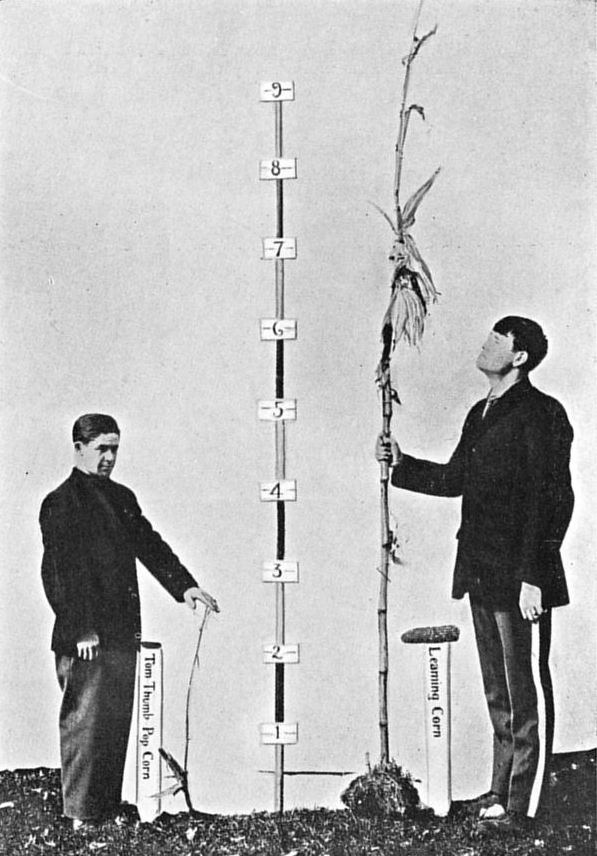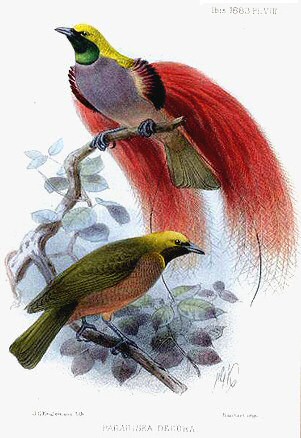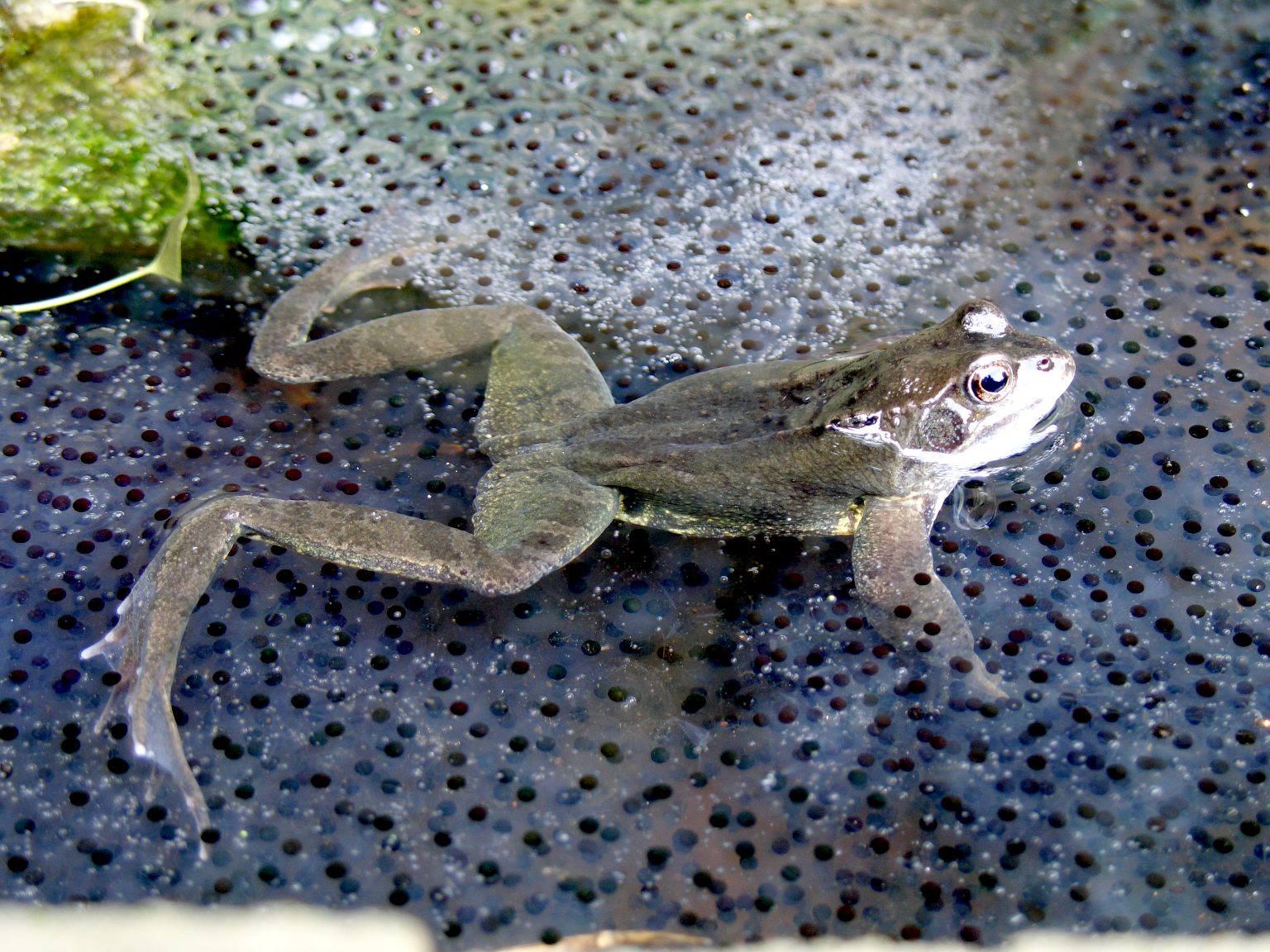|
Ovulatory Shift Hypothesis
The ovulatory shift hypothesis holds that women experience evolutionarily adaptive changes in subconscious thoughts and behaviors related to mating during different parts of the ovulatory cycle. It suggests that what women want, in terms of men, changes throughout the menstrual cycle. Two meta-analyses published in 2014 reached opposing conclusions on whether the existing evidence was robust enough to support the prediction that women's mate preferences change across the cycle. A newer 2018 review does not show women changing the type of men they desire at different times in their fertility cycle. Overview The theory proposes that women's behavior may change during the most fertile time in their ovulatory cycle. At high fertility, the theory holds that women may become more physically active and avoid male relatives. The hypothesis separately proposes that hormonal changes across the cycle cause women, when they are most likely to get pregnant, to be more attracted to trai ... [...More Info...] [...Related Items...] OR: [Wikipedia] [Google] [Baidu] |
Evolution
Evolution is change in the heritable characteristics of biological populations over successive generations. These characteristics are the expressions of genes, which are passed on from parent to offspring during reproduction. Variation tends to exist within any given population as a result of genetic mutation and recombination. Evolution occurs when evolutionary processes such as natural selection (including sexual selection) and genetic drift act on this variation, resulting in certain characteristics becoming more common or more rare within a population. The evolutionary pressures that determine whether a characteristic is common or rare within a population constantly change, resulting in a change in heritable characteristics arising over successive generations. It is this process of evolution that has given rise to biodiversity at every level of biological organisation, including the levels of species, individual organisms, and molecules. The theory of evol ... [...More Info...] [...Related Items...] OR: [Wikipedia] [Google] [Baidu] |
Sexual Intercourse
Sexual intercourse (or coitus or copulation) is a sexual activity typically involving the insertion and Pelvic thrust, thrusting of the penis into the vagina for Sexual stimulation, sexual pleasure or sexual reproduction, reproduction.Sexual intercourse most commonly means penile–vaginal penetration for sexual pleasure or sexual reproduction; dictionary sources state that it especially means this, and scholarly sources over the years agree. See, for example; * * * * * * * * * This is also known as vaginal intercourse or vaginal sex. Other forms of sexual penetration, penetrative sexual intercourse include anal sex (penetration of the anus by the penis), oral sex (penetration of the mouth by the penis or oral penetration of the female Sex organ, genitalia), Fingering (sexual act), fingering (sexual penetration by the fingers) and penetration by use of a dildo (especially a strap-on dildo). These activities involve physical intimacy between two or more individuals and are usual ... [...More Info...] [...Related Items...] OR: [Wikipedia] [Google] [Baidu] |
Extra-pair Copulation
Extra-pair copulation (EPC) is a mating behaviour in monogamous species. Monogamy is the practice of having only one sexual partner at any one time, forming a long-term bond and combining efforts to raise offspring together; mating outside this pairing is extra-pair copulation. Across the animal kingdom, extra-pair copulation is common in monogamous species, and only a very few pair-bonded species are thought to be exclusively sexually monogamous. EPC in the animal kingdom has mostly been studied in birds and mammals. Possible benefits of EPC can be investigated within non-human species, such as birds. In males, a number of theories are proposed to explain extra-pair copulations. One such hypothesis is that males maximise their reproductive success by copulating with as many females as possible outside of a pair bond relationship because their parental investment is lower, meaning they can copulate and leave the female with minimum risk to themselves. Females, on the other hand, ha ... [...More Info...] [...Related Items...] OR: [Wikipedia] [Google] [Baidu] |
Heritability
Heritability is a statistic used in the fields of Animal husbandry, breeding and genetics that estimates the degree of ''variation'' in a phenotypic trait in a population that is due to genetic variation between individuals in that population. The concept of heritability can be expressed in the form of the following question: "What is the proportion of the variation in a given trait within a population that is ''not'' explained by the environment or random chance?" Other causes of measured variation in a trait are characterized as environment (biophysical), environmental factors, including observational error. In human studies of heritability these are often apportioned into factors from "shared environment" and "non-shared environment" based on whether they tend to result in persons brought up in the same household being more or less similar to persons who were not. Heritability is estimated by comparing individual phenotypic variation among related individuals in a population, ... [...More Info...] [...Related Items...] OR: [Wikipedia] [Google] [Baidu] |
Good Genes Hypothesis
The sexy son hypothesis in evolutionary biology and sexual selection, proposed by Patrick J. Weatherhead and Raleigh J. Robertson of Queen's University in Kingston, Ontario in 1979, states that a female's ideal mate choice among potential mates is one whose genes will produce males with the best chance of reproductive success. This implies that other benefits the father can offer the mother or offspring are less relevant than they may appear, including his capacity as a parental caregiver, territory and any nuptial gifts. Fisher's principle means that the sex ratio (except in certain eusocial insects) is always near 1:1 between males and females, yet what matters most are her "sexy sons'" future breeding successes, more likely if they have a promiscuous father, in creating large numbers of offspring carrying copies of her genes. This sexual selection hypothesis has been researched in species such as the European pied flycatcher. Context Female mating preferences ... [...More Info...] [...Related Items...] OR: [Wikipedia] [Google] [Baidu] |
Sexual Selection
Sexual selection is a mode of natural selection in which members of one biological sex choose mates of the other sex to mate with (intersexual selection), and compete with members of the same sex for access to members of the opposite sex (intrasexual selection). These two forms of selection mean that some individuals have greater reproductive success than others within a population, for example because they are more attractive or prefer more attractive partners to produce offspring. Successful males benefit from frequent mating and monopolizing access to one or more fertile females. Females can maximise the return on the energy they invest in reproduction by selecting and mating with the best males. The concept was first articulated by Charles Darwin who wrote of a "second agency" other than natural selection, in which competition between mate candidates could lead to speciation. The theory was given a mathematical basis by Ronald Fisher in the early 20th century. Sexual sele ... [...More Info...] [...Related Items...] OR: [Wikipedia] [Google] [Baidu] |
Evolution
Evolution is change in the heritable characteristics of biological populations over successive generations. These characteristics are the expressions of genes, which are passed on from parent to offspring during reproduction. Variation tends to exist within any given population as a result of genetic mutation and recombination. Evolution occurs when evolutionary processes such as natural selection (including sexual selection) and genetic drift act on this variation, resulting in certain characteristics becoming more common or more rare within a population. The evolutionary pressures that determine whether a characteristic is common or rare within a population constantly change, resulting in a change in heritable characteristics arising over successive generations. It is this process of evolution that has given rise to biodiversity at every level of biological organisation, including the levels of species, individual organisms, and molecules. The theory of evolution by nat ... [...More Info...] [...Related Items...] OR: [Wikipedia] [Google] [Baidu] |
Pair Bond
In biology, a pair bond is the strong affinity that develops in some species between a mating pair, often leading to the production and rearing of offspring and potentially a lifelong bond. Pair-bonding is a term coined in the 1940s that is frequently used in sociobiology and evolutionary biology circles. The term often implies either a lifelong Monogamy, socially monogamous relationship or a stage of mating interaction in socially monogamous species. It is sometimes used in reference to human relationships. Varieties According to evolutionary psychologists David P. Barash and Judith Lipton, from their 2001 book ''The Myth of Monogamy'', there are several varieties of pair bonds: *''Short-term pair-bond:'' a transient mating or associations *''Long-term pair-bond:'' bonded for a significant portion of the life cycle of that pair *''Lifelong pair-bond:'' mated for life *''Social pair-bond:'' attachments for territorial or social reasons *''Clandestine pair-bond:'' quick extra-pair ... [...More Info...] [...Related Items...] OR: [Wikipedia] [Google] [Baidu] |
Social Status
Social status is the level of social value a person is considered to possess. More specifically, it refers to the relative level of respect, honour, assumed competence, and deference accorded to people, groups, and organizations in a society. Status is based in widely shared '' beliefs'' about who members of a society think holds comparatively more or less social value, in other words, who they believe is better in terms of competence or moral traits. Status is determined by the possession of various characteristics culturally believed to indicate superiority or inferiority (e.g., confident manner of speech or race). As such, people use status hierarchies to allocate resources, leadership positions, and other forms of power. In doing so, these shared cultural beliefs make unequal distributions of resources and power appear natural and fair, supporting systems of social stratification. Status hierarchies appear to be universal across human societies, affording valued benefits to ... [...More Info...] [...Related Items...] OR: [Wikipedia] [Google] [Baidu] |
Offspring
In biology, offspring are the young creation of living organisms, produced either by a single organism or, in the case of sexual reproduction, two organisms. Collective offspring may be known as a brood or progeny in a more general way. This can refer to a set of simultaneous offspring, such as the chicks hatched from one clutch of eggs, or to all the offspring, as with the honeybee. Human offspring ( descendants) are referred to as children (without reference to age, thus one can refer to a parent's " minor children" or "adult children" or " infant children" or " teenage children" depending on their age); male children are sons and female children are daughters (see kinship). Offspring can occur after mating or after artificial insemination. Offspring contains many parts and properties that are precise and accurate in what they consist of, and what they define. As the offspring of a new species, also known as a child or f1 generation, consist of genes of the father and t ... [...More Info...] [...Related Items...] OR: [Wikipedia] [Google] [Baidu] |
Reproduction
Reproduction (or procreation or breeding) is the biological process by which new individual organisms – " offspring" – are produced from their "parent" or parents. Reproduction is a fundamental feature of all known life; each individual organism exists as the result of reproduction. There are two forms of reproduction: asexual and sexual. In asexual reproduction, an organism can reproduce without the involvement of another organism. Asexual reproduction is not limited to single-celled organisms. The cloning of an organism is a form of asexual reproduction. By asexual reproduction, an organism creates a genetically similar or identical copy of itself. The evolution of sexual reproduction is a major puzzle for biologists. The two-fold cost of sexual reproduction is that only 50% of organisms reproduce and organisms only pass on 50% of their genes.John Maynard Smith ''The Evolution of Sex'' 1978. Sexual reproduction typically requires the sexual interaction of two specia ... [...More Info...] [...Related Items...] OR: [Wikipedia] [Google] [Baidu] |
Extended Female Sexuality
Extended female sexuality is where the female of a species mates despite being infertile. In most species, the female only engages in copulation when she is fertile. However, extended sexuality has been documented in old world primates, pair bonded birds and some insects (such as carrion beetles). Extended sexuality is most prominent in human females who exhibit no change in copulation rate across the ovarian cycle. Although this behaviour incurs costs to females, such as energy and time, many researchers have proposed reasons for its existence. These hypotheses include the male assistance hypothesis, which proposes that females gain non-genetic benefits (such as food and shelter) in exchange for sexual access. A sub-hypothesis of this is Hrdy's, proposing extended female sexuality as an adaptive process aiming to creating paternity confusion in males. Alternative hypotheses, classified as 'male-driven', claim that extended female sexuality occurs due to male adaptations, res ... [...More Info...] [...Related Items...] OR: [Wikipedia] [Google] [Baidu] |
.jpg)

_de_Pietro_Aretino%2C_2.jpg)







